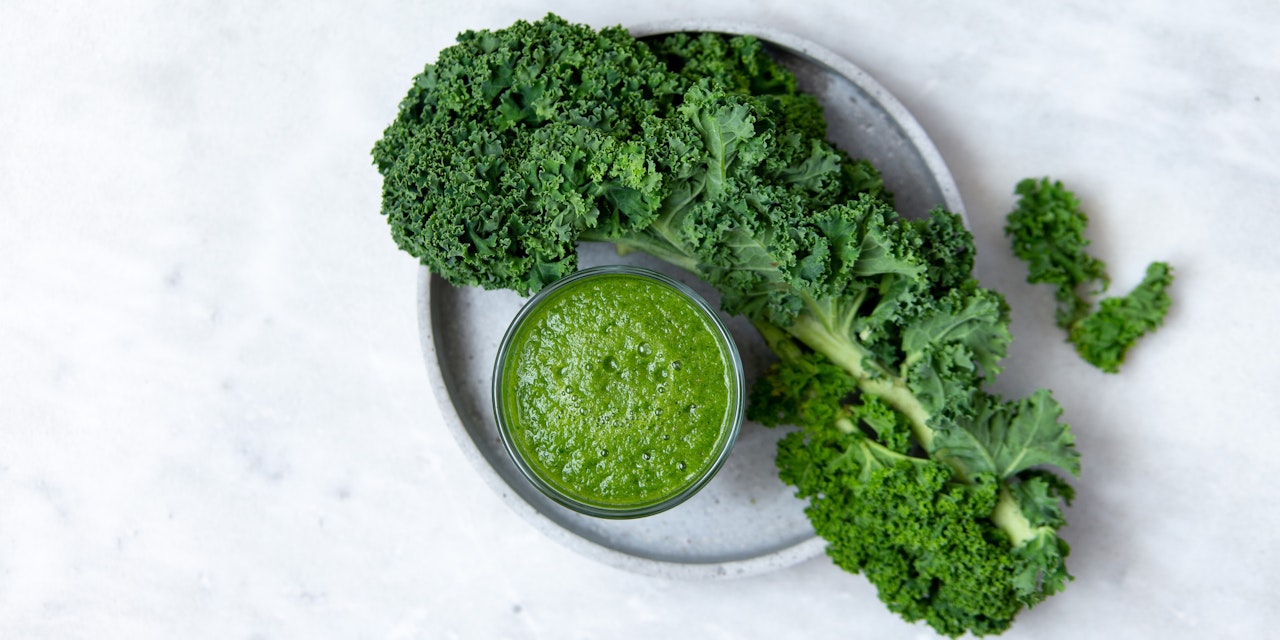
One of the most recent diet trends to snatch celebrity sponsorship is the Sirtfood Diet. This strange name describes a “skinny gene” thought to be switched on by foods such as chocolate and wine. We’ll review the science behind the sirtfood diet and if it's a revolutionary regime, or just another diet directed towards an unhealthy fad.
What is the Sirtfood Diet?
The Sirtfood Diet was created by two nutritionists in the UK. Aidan Goggins is a pharmacist with a Master's Degree in Nutritional Medicine and Glen Matten has a Masters Degree in Nutritional Medicine. These authors suggest that practicing the Sirtfood Diet can lead to quick weight loss while maintaining muscle, preventing some disease, and slowing the aging process.
The diet is based on the concept that you can turn on a “skinny gene” by eating certain foods. Sirtuins are a group of proteins found in the body that regulate cell health. These have been found to help protect cellular inflammation and damage, regulate metabolism, and slow the aging process (1).
The diet focuses on certain plant-based foods may be able to boost the amount and action of these sirtuin proteins, called sirtuin activators. It also emphasises calorie restriction, which may aid the body in producing more sirtuins and help with weight loss (2).
Sirtuin foods
The Sirtfood Diet emphasizes and encourages these healthy plant-based foods which contain components that can cause the body to produce more sirtuins.
Fruits
- Citrus fruit: oranges, limes, lemons
- Berries: strawberries, blueberries
- Apples
- Medjool dates
Vegetables
- Kale
- Red onion
- Arugula (rocket)
- Capers
- Parsley
- Lovage (from parsley family)
- Chili pepper (bird’s eye)
- Red chicory
Protein
- Soy
Grain
- Buckwheat
Nuts
- Walnuts
Beverages
- Green tea
- Red wine
- Coffee
Other
- Dark chocolate (minimum 85%)
- Turmeric
- Extra virgin olive oil
In addition to these foods, it's recommended to have green juice between one and three times daily. This juice contains: kale, arugula, parsley, celery sticks, ginger, green apple, lemon, and matcha green tea.
Sirtfood diet phases
Phase one
This phase lasts for a week and focuses on calorie restriction and incorporating the green juice. For the first three days, calories are restricted to 1,000 per day. It’s instructed to have three green juices and one meal per day. The meals are based on recipes found in the book.
After day three, calories are increased to 1,500 per day, by adding two additional sirtfood containing meals. Juice intake goes down to two per day.
Phase two
This second phase lasts for two week. This is considered to be the maintenance phase. The focus is on meals and juice, rather than a calorie restriction. For this time, three meals from the book are eaten per day with one green juice per day.
Post diet
If you did not yet reach your desired weight, you may need to repeat phase one and two. You continue focusing on the sirtfoods by consistently including them in your meals. It’s also recommended to continue having green juice daily.
Is the Sirtfood Diet healthy?
Sirtfoods are healthy plant-based foods
Sirtfoods are very healthy. These foods also contain components called polyphenols that can help reduce the risk of heart disease and decrease inflammation (3). These foods frequent diets such as the Mediterranean diet which can help prevent chronic disease and promote healthy aging (4).
Approach calorie restriction with caution
The problem with this diet is that there’s no solid scientific evidence that it has more of a benefit than other calorie restricted diets. Meaning, the foods featured on the diet are healthy, but may not have direct effects in terms of weight loss.
Calorie needs vary from person to person, however it can be unhealthy and even dangerous to go too far below your daily needs. The Academy of Nutrition and Dietetics states that very low calorie diets are no magic cure and that calories are only one aspect of long-term weight loss or maintenance.
The Academy explains that very low calorie diets can be safe but only with careful monitoring by a physician and registered dietitian. These types of diets are only recommended for people with 30% overweight or with a minimum BMI of 32 as well as no mental or physical disease (5).
Slow and steady for lasting results
Gradually reducing calories is a better approach to weight loss. Restricting too many calories, too quickly can backfire and set you up for nutrient deficiencies. Even in the short term, a reduction of calories may increase appetite hormones, making it difficult to stick to a diet (6).
Your best diet
Everybody is different which is why it’s important to find a diet that works best for you and your lifestyle. Want to discover what’s the right meal plan or diet that’s specifically good for you? Check out the Lifesum app!
6 references (hide)
All of the content and media on Lifesum is created and published for information purposes only. It is not intended to be used as a substitute for medical advice or treatment. Users should always consult with a doctor or other health care professional for medical advice. If you have or think you are at risk of developing an eating disorder, do not use the Lifesum app and seek immediate medical help.